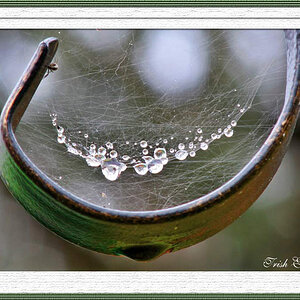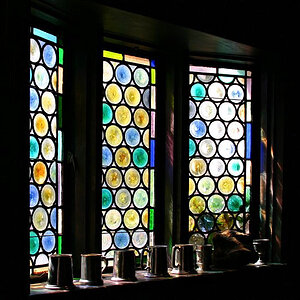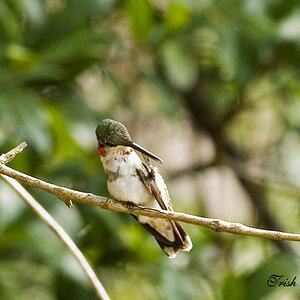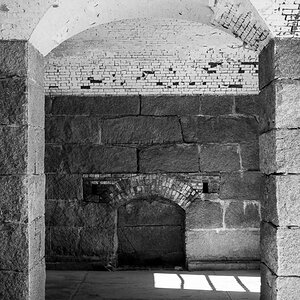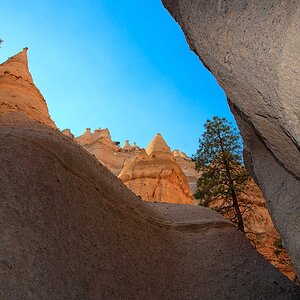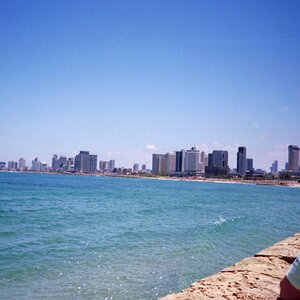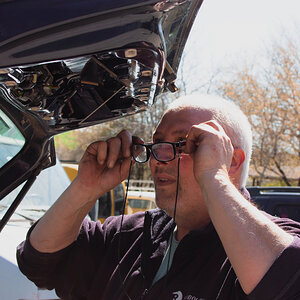just looking for the advantages of using one over the other, I have always just used film from the local stores, been trying out diff. types so far I'm pretty happy with Kodak's Ultra Color film but I feel like I should try out everything. Thanks.
Navigation
Install the app
How to install the app on iOS
Follow along with the video below to see how to install our site as a web app on your home screen.

Note: This feature currently requires accessing the site using the built-in Safari browser.
More options
You are using an out of date browser. It may not display this or other websites correctly.
You should upgrade or use an alternative browser.
You should upgrade or use an alternative browser.
slides vs. normal film vs. infrared
- Thread starter nomav6
- Start date
j_mcquillen
TPF Noob!
- Joined
- Oct 3, 2004
- Messages
- 290
- Reaction score
- 3
- Location
- Northumberland, UK
- Website
- www.lightinthesky.co.uk
(For the purposes of this post, I will be ignoring digital cameras, as you ask specifically about film  )
)
'Normal' film - Negatives - are great for everyday use - they come in huge variety of makes, are easily available everywhere, and are usually fairly cheap to buy and have processed. They also have the advantage of coming in a range of different speeds, so you can get something to suit the conditions you'll be shooting in.
The disadvantage of negatives is that the image quality is normally poorer than slides - the printing process is an additional step over slide viewing, grain tends to be larger, colours weaker, and you also have the disadvantage of relying on the interpretation of the person printing your shots as to the exposure, colour balance etc.
Slide Film (if you buy the good stuff - check earlier posts to see what people reccommend) tends to give you a better quality image than negatives - fine grain, more accurate, saturated colours etc. Check out the work of most landscape / wildlife photographers, you'll see they use mostly slide film. Disadvantages are that it can be more expensive to process, and requires you to be a lot more accurate with your exposures - prints can be rescued if the neg is underexposed - not so slides...
Black + White Film comes almost exclusively in negative form - I think there a couple of slide types out there, but they're not very commonly used. It tends to be available in the greatest range of film speeds - anything from around 50 ISO to 3200 is easily available.
Infra-red is a type of B+W film that responds only to infra-red light. When used well, it gives a wonderful, ethereal effect - lightening foliage and darkening skies (click here for an example) when used on landscapes. Infra-red film normally needs to be used with a special filter over the lens that cuts out almost all visible light (focus before putting the filter on!). Its sensitivity also means you usually have to load and unload it in complete darkness.
Hope this helps!
'Normal' film - Negatives - are great for everyday use - they come in huge variety of makes, are easily available everywhere, and are usually fairly cheap to buy and have processed. They also have the advantage of coming in a range of different speeds, so you can get something to suit the conditions you'll be shooting in.
The disadvantage of negatives is that the image quality is normally poorer than slides - the printing process is an additional step over slide viewing, grain tends to be larger, colours weaker, and you also have the disadvantage of relying on the interpretation of the person printing your shots as to the exposure, colour balance etc.
Slide Film (if you buy the good stuff - check earlier posts to see what people reccommend) tends to give you a better quality image than negatives - fine grain, more accurate, saturated colours etc. Check out the work of most landscape / wildlife photographers, you'll see they use mostly slide film. Disadvantages are that it can be more expensive to process, and requires you to be a lot more accurate with your exposures - prints can be rescued if the neg is underexposed - not so slides...
Black + White Film comes almost exclusively in negative form - I think there a couple of slide types out there, but they're not very commonly used. It tends to be available in the greatest range of film speeds - anything from around 50 ISO to 3200 is easily available.
Infra-red is a type of B+W film that responds only to infra-red light. When used well, it gives a wonderful, ethereal effect - lightening foliage and darkening skies (click here for an example) when used on landscapes. Infra-red film normally needs to be used with a special filter over the lens that cuts out almost all visible light (focus before putting the filter on!). Its sensitivity also means you usually have to load and unload it in complete darkness.
Hope this helps!
Similar threads
- Replies
- 5
- Views
- 397
- Replies
- 7
- Views
- 2K
- Replies
- 8
- Views
- 745

